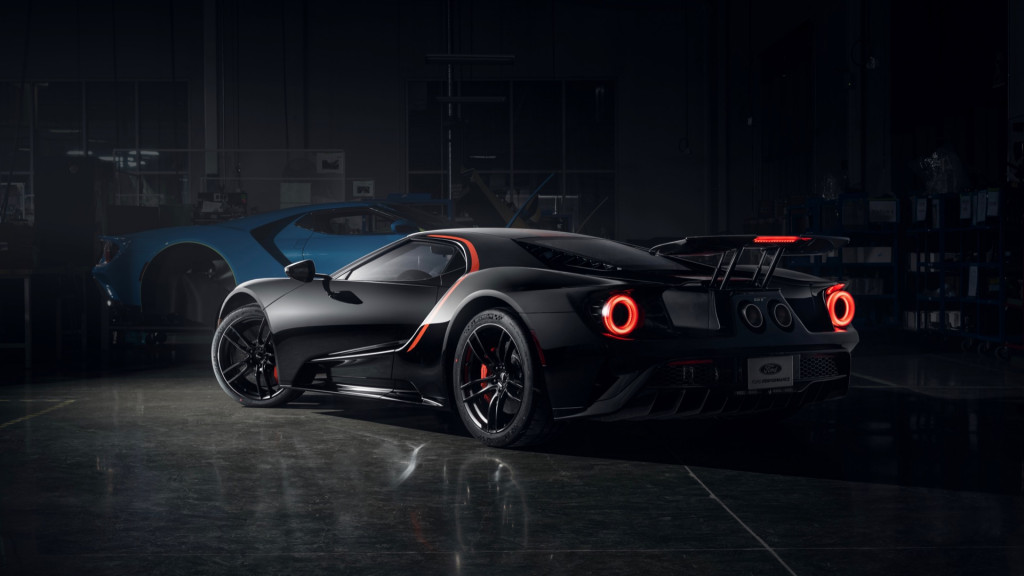With its junior muscle car looks, the Mk1 Celica has always been a fan favourite. But thanks to a brawny V8 and a colossal amount of horsepower, there’s nothing ‘junior’ about this 1UZ Toyota Celica.
Feature first appeared in Fast Car magazine. Words: Joe Partridge. Photos: Matt Richardson
Japanese car manufacturers were pursuing quite an obvious strategy in the early 1970s. With the intention of breaking into the North American market (and thereby opening the door to other global opportunities), they had a bit of rethink among their various design studios and hit upon an ingenious line of thinking. American buyers were notoriously patriotic, at a time when Detroit was hysterically prolific. So if Japanese brands were to convince American consumers to buy their cars, they needed to design them to look a bit more American. And it kinda worked – take the first-generation Toyota Celica, for example. Here was a car which took the proven Carina sedan platform, and clothed it in a body that was clearly cribbing from the Ford Mustang’s lecture notes. The liftback model, which arrived in 1973 for the Japanese market and ’74 elsewhere, was particularly shameless: it stole the vertical-bar taillights, the C-pillar louvres, the up-and-at-’em proportions… but all shrunken down to Japanese dimensions. Instead of a hulking V8 under the bonnet, Toyota offered a range of buzzy little four-pots. It’s a miniaturised bonsai interpretation of the full-fat muscle car formula.
Toyota was aiming to poach US consumers with Americanised styling, but what Americans really love is V8 engines. So that’s what this one has. It is, in essence, the ultimate Celica liftback.

American Dream
All of this began as the brainchild of an Illinois-based enthusiast by the name of Mike Gesselle. Back in 2013, he’d spotted the shell rotting away in a field, and had dragged the non-runner out for the princely sum of $1,000. The plan from the start was to shove a V8 in it, but he had quite an oblique solution to apply here: while an era-appropriate notion might have been to stick a 1970s Ford V8 in there, Mike wanted modern reliability and, more importantly, massive, massive horsepower. So he decided to go Japanese, as befits a hair-raising Toyota build. He bought himself a 1997 Lexus SC400, hoiked out the 4.0-litre 1UZ-FE motor and all the wiring, and spent the next couple of years figuring out how to make it all work happily in the old-school Celica. A modern manual gearbox was drafted in, working with a custom prop back to a narrowed Ford axle (complete with LSD), hanging off a gorgeous one-off billet 4-link setup with Panhard rod. Oh yes, and there’s the small matter of the turbo… the engine runs a Turbo Technics snail with Turbosmart wastegate, to turn that bent-eight from cruiser to bruiser. With that all hooked up neatly, he then spent a year perfecting the bodywork and getting it to a state where it was as much about the show as the go. The car became quite well-known on the Stateside show circuit as a relentless trophy winner, and Mike put around 9,000 miles on it on the road as well as smashing in some 11-second quarters on the strip. The Celica had fulfilled its American dream.

However, as is so often the case, the project needed to be moved on in order to make garage space for the next big thing. Mike ended up selling the car to a young guy who imported it to England. Unfortunately the project proved to be a little too much for this eager buyer, as the list of jobs that still needed doing and elements which required refreshing meant that he was a little out of his depth, and so he ended up putting it up for sale on an auction site. Being such a niche proposition, it was tough to find a buyer, and the car languished in the classifieds for a while, the price lowered and lowered again… at which point Trevor Cowell sidles into our story. Here was a man built of the right stuff to take the Celica forward. As boss-man at TJ Motors in Surrey, his skills are assured, and his credentials are impeccable: “I’ve been modifying and playing with cars my whole life,” he smiles. “I have a collection of classic American cars, including a 900bhp supercharged Camaro and a tricked-out 1970 Pontiac GTO Judge. Why did I fancy a Celica this time? Well, I’d always liked the shape.”
The seller had brought the V8 Celica to TJ Motors to see if he could get it running right, and Trevor liked what he saw. Curiosity got the better of him and he started digging deeper through the car – and the more he looked, the more excited he grew. The overall quality of the work was impressive, and details like the billet 4-link and bespoke billet intercooler were works of art. He simply couldn’t resist making an offer. And just like that, a new chapter in the car’s story began.
“There were a lot of details I thought could be improved upon,” he recalls. “This started with lowering the rear and raising the front, dialling out lots of negative camber, and removing the wheel spacers for a more classic look. I also fitted a couple of mufflers to the 3.5-inch exhaust system as it was way too loud!

1UZ V8: Inside Job
The modern aftermarket steering wheel was replaced with a wood-rim item for a more retro vibe, with the column raised to further improve legroom, and Trevor set about casting a wide net to track down the various interior trim pieces that were absent. He also busied himself ripping out all the crumbly old sound deadening and replacing it with 21st-century materials, and following that there was a lot of wiring to do: various things weren’t working properly, including the horn, front sidelights, reverse lights, interior lights, washers, and assorted warning lamps.
“I have everything working as it should now,” he says. “Another thing to address was the fact that there was no handbrake, so I’ve fitted a hydro unit to the original lever. And there’s been a ton of little jobs to keep busy with – sorting water leaks, perfecting and improving as I go.”
The most significant change Trevor has made is to fit a whole new engine. It’s still a Lexus 1UZ-FE, but this one’s an early 1994-spec thick-rod motor, and he’s mated it to a stronger W58 Supra manual ’box. The full turbo gear was swapped over, and is joined by AEM water-meth injection – it’s good for 500bhp, which is a hell of a lot of grunt for a car that weighs in around 1,200kg. “This setup should be good for 750bhp one day, when the demons come calling,” Trevor grins, somewhat scarily.

The whole car is a feast of fancy details, with one particular favourite being the super-obscure taillights. These are as rare as rocking horse dung, being JDM units only issued from 1973-75 – the previous owner fitted these, and Trevor’s tinted them to match the menace of the rest of the car. This provides a proper muscle car vibe, something neatly accentuated by the Dodge Viper paint. Of course, the most fun thing about this bonsai Mustang is that most people have no idea what it is. “No-one seems to have a clue what they’re looking at when I’m out and about in it,” he laughs. Although Trevor’s doing his best to remedy this: having been put in touch with the car’s original builder, Mike, the two are now in regular contact. Mike had set up a Facebook page for the car – search for ‘GT77’ – and Trevor is now the page admin, sharing regular updates and information to educate a new generation about this spectacular old-school curio. This 1UZ Toyota Celica is essentially an ambassador for Toyota’s original concept: global proliferation was the aim and, with a lengthy stint in the States being colourfully followed by a new life in the UK, that’s precisely what it’s achieved. A baby muscle car with a Japanese flavour.

Tech Spec: 1UZ Toyota Celica Mk1
Styling:
Dodge Viper Snakeskin Green paint, period aluminium rear window louvres, shaved marker lights, shaved trim, ultra-rare JDM banana taillights (tinted), Toyosport arch flares, Toyosport front spoiler, custom bonnet striping, fibreglass bumpers on billet mounts
Tuning:
1UZ-FE 4.0-litre 32-valve V8 – 1994-spec thick-rod, ARP head studs, Cometic head gaskets, 76mm Turbo Technics turbo (running 12psi), Turbosmart external wastegate, AEM water/meth kit, rising-rate fuel pressure regulator, stock ECU, one-off billet intercooler, custom alloy 20-gallon fuel cell, W58 Supra steel-band 5-speed gearbox, short-shift, MR2 Turbo Stage 4 paddle clutch and concentric slave cylinder, custom propshaft, 8.8” narrowed Ford axle, 3.55 gears, LSD
Power:
500bhp
Chassis:
7.5x15in (front) and 8.5x15in (rear) Watanabe wheels, 185/55 (f) and 225/45 (r) tyres, 1985 Celica front crossmember and steering rack conversion, adjustable front coilovers, subframe connectors underneath, one-off billet 4-link setup with Panhard rod, disc brakes all round, hydro handbrake
Interior:
6-point chromoly rollcage, low-mounted bucket seats with harnesses, full Speed Hut gauge set, wideband gauge, carbon fibre dash panel and centre console





